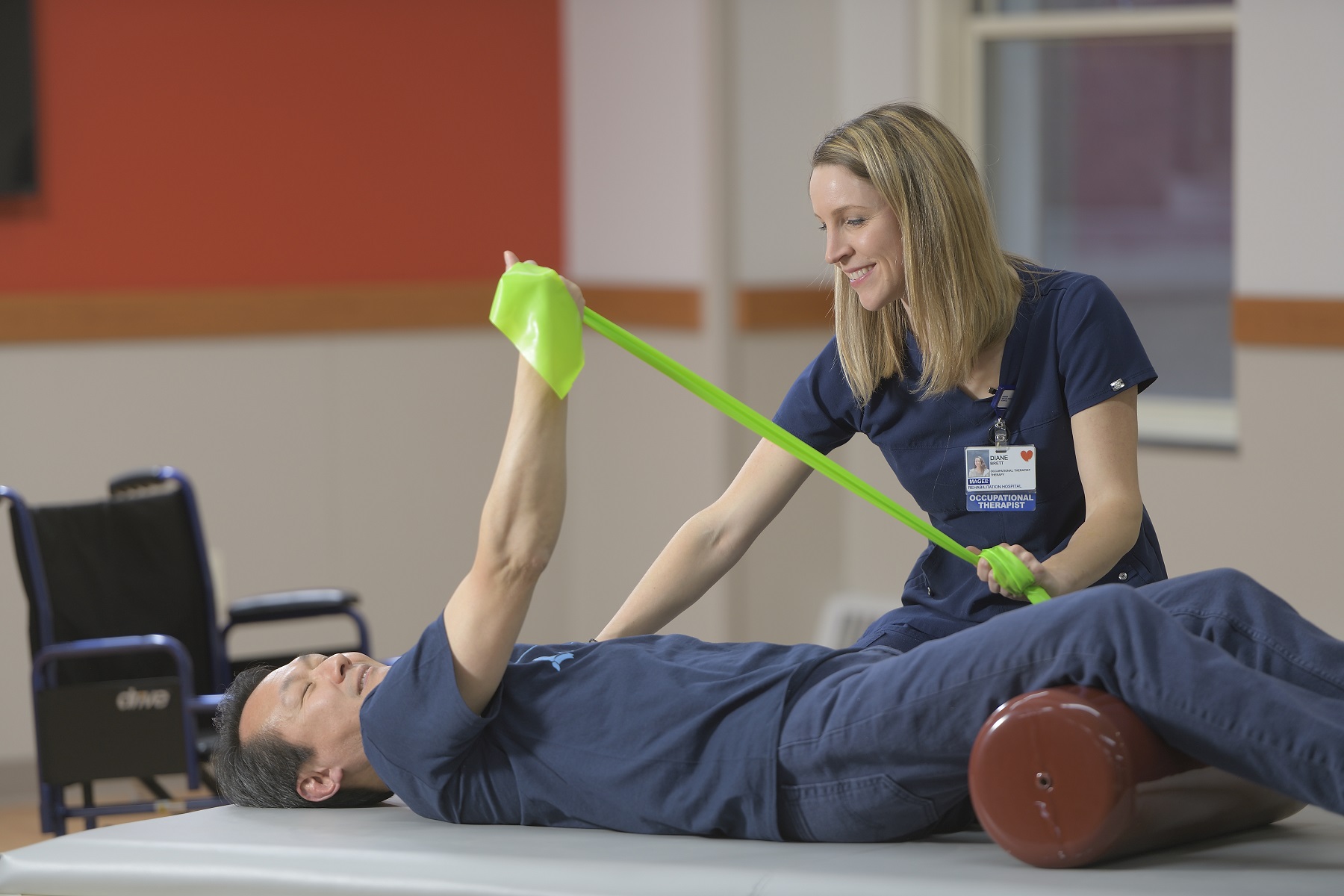Understanding Common Athletic Ailments and Efficient Rehabilitation Plans aimed at Athletes
Understanding Common Athletic Ailments and Efficient Rehabilitation Plans aimed at Athletes
Blog Article
Athletic injuries are frequent among sportspeople of every ages and skill levels. These traumas can happen in various types, including sprains, strains, breaks, and tendon inflammation. Understanding the kinds of traumas that can happen during athletic events is essential for both avoiding and care. Sprains, for example, entail the stretching or tearing of connective tissues, which connect bones at a joint. Muscle injuries, on the contrary hand, affect muscles or tendon structures, which connect muscles to skeletal structures. Recognizing these injuries promptly can assist athletes obtain suitable care and come back to their sport more quickly.
One of the frequently commonly seen traumas in sports is the ankle sprain. This injury often happens when an athlete touches down awkwardly or twists their foot during a match. Signs of an ankle sprain include discomfort, swelling, and trouble walking. Prompt care typically includes the R.I.C.E. method, which stands for Recovery, Cooling, Wrapping, and Elevation. This method helps minimize swelling and discomfort. In severe serious situations, rehabilitative therapy may be required to restore power and flexibility to the foot before returning to athletics.
Another common injury is a muscular strain, which can happen in all sport that demands sudden rehabilitation for sports-related pain management actions or intense weight-bearing. Athletes may experience a muscular strain when they extend a muscle too much or when they exert too great force. Signs include sharp discomfort, swelling, and muscular spasms. Rehabilitation for muscular injuries often includes light flexibility exercises and strengthening workouts. Gradually raising activity levels is vital to prevent recurrence. Athletes should work closely with a physical therapist to create a secure and effective recovery plan.
Tendonitis is another trauma that can impact athletes, particularly those who participate in repetitive motions, such as runners or swimmers. This issue happens when a tendon structure, which links muscular tissue to bone, becomes swollen. Frequent locations affected by tendonitis include the arm, upper arm, and leg. Signs often include discomfort and rigidity, especially during activity. Treatment for tendonitis usually involves recovery, ice, and anti-inflammatory drugs. In some situations, rehabilitative treatment may be suggested to improve flexibility and power in the affected region.
Preventing athletic traumas is just as crucial as treating them. Sportspeople can minimize their chance of injury by heating up properly before activities, using the appropriate gear, and maintaining good physical shape. Strength conditioning and stretching workouts can assist prepare the physique for the demands of sports. Additionally, athletes should listen to their physical condition and take breaks when necessary. By understanding common sports traumas and implementing effective recovery strategies, sportspeople can stay fit and participate in their favorite athletic activities for years to come.